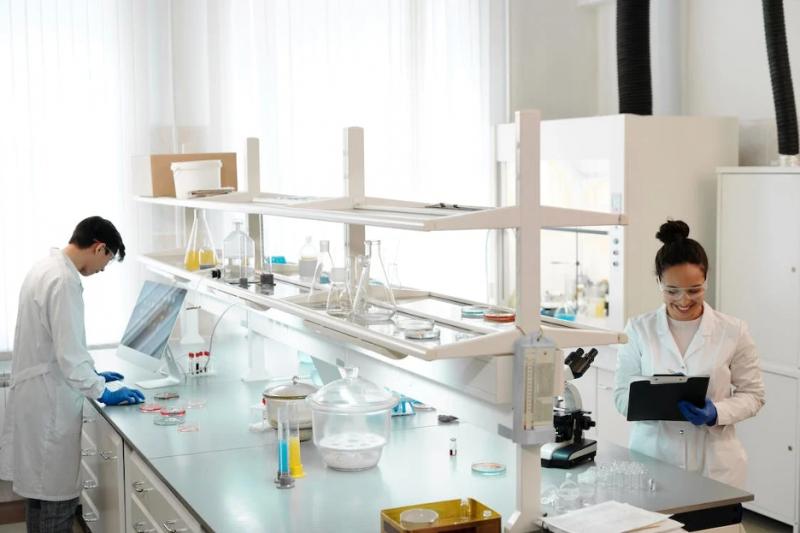4 Key Laboratory Safety Tips

Labs are inherently dangerous places, with fire hazards, harmful chemicals, and risky procedures. However, with the right safety rules, policies, and procedures in place, injuries and accidents can easily be avoided, and your employees can go about their duties in a safe, secure manner.
Safety rules are only effective when enforced, which is why strong management is also essential to a safe laboratory. Here are four safety tips to help ensure your lab stays as safe as possible.
1. Know the location of safety equipment
It’s good to know the location of the laboratory safety supplies and how to use them in case something goes wrong. It is also important to check the equipment regularly to ensure they are in good working condition. For instance, check to see whether the water comes out of the safety shower and if the one in the eye wash is clean.
If you are unsure where safety equipment is located, review laboratory safety signs and look for them before starting any research or experiment. Most safety equipment, such as fire extinguishers, are often found in the hallway near the laboratory entrance.
2. Create a lab safety manual
Always provide a lab safety manual when bringing in a new employee. Draft a clear and concise policy regarding all requirements and best practices. This can act as a handy reference and help reduce liability if a termination occurs.
After the new staff has read the manual, ask them to sign it and ensure that their signature means they understand and will abide by the rules. The signature will prove they read and understood the lab safety manual in case of legal proceedings.
3. Dress for the lab
Clothing is one of the best forms of protection against accidents or injuries in the lab. Wear covered shoes and long pants, and keep your hair up or back to prevent it from falling into chemicals or a flame. Don’t wear shorts or skirts in the lab since they can become a liability where skin can be exposed to hazardous chemicals or heat.
Ensure you wear personal protective equipment (PPE) as needed. Basic protective gear includes a lab coat and safety goggles. In addition, you may require gloves, hearing protection, and other items depending on the nature of the research or experiment.
4. Avoid food and drinks in the lab
Everyone enjoys a good snack or coffee in the lab while at work, but avoiding food and drinks in the laboratory has a lot of benefits. It minimizes distraction when performing critical tasks, which can help prevent injury or loss.
Messes caused by food waste can also reduce efficiency and increase the risk of contamination. Chemical residues may be present on your hands or tables while working in the lab. Ensure you wash your hands well before leaving the lab to remove traces of harmful chemicals or bacteria that may cause illness or other problems.
Endnote
Labs and institutions are accountable for laboratory safety, but researchers are also responsible for going beyond simple compliance and enhancing the culture of safety and caution at the lab. This needs commitment to keeping yourself and others around you safe from accidents and injuries. Put these key safety tips into practice whenever working in a laboratory, and you will be safe.
More to Read:
Previous Posts:








